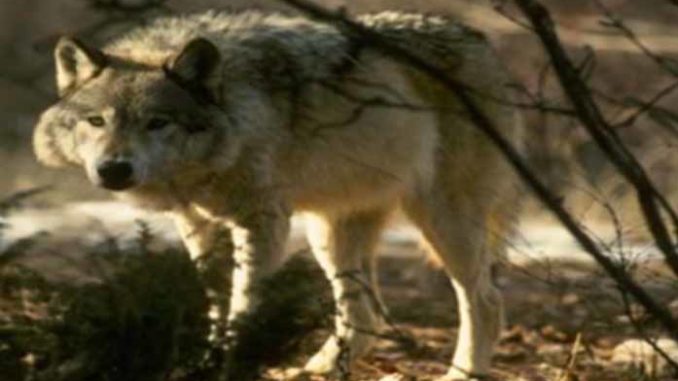
Since 2012, the Obama administration has relaxed requirements of the Endangered Species Act to make designation of “Critical Habitat” easier for the Fish & Wildlife Service (FWS). This is achieved by changing some definitions and by relaxing scientific standards. This will result in more areas being designated as “Critical Habitat” and impose more restrictions on private property, grazing, and mineral exploration and development.
Details of these changes are discussed in a memorandum by attorney Karen Budd-Falen. Here are the main points of that memo:
Previously “Critical Habitat” was confined to the area where a species was in trouble. Under the new policy, the entire range of the species will now be included, even areas where the species is not in trouble.
“Critical Habitat” will be expanded to include areas where the species does not now exist, but might inhabit that area at some unspecified time in the future. (An example of this is the proposed designation of “Critical Habitat” for the jaguar in large areas of Arizona and New Mexico even though jaguars do not occupy the area.)
Species listing and designation of critical habitat are supposed to be based on the “best scientific and commercial data available.” Now, principles of conservation biology are also included. Budd-Falen notes that many scientists describe conservation biology as “agenda driven” and “goal-oriented” biology.
FWS will no longer publish text or detailed land descriptions of the proposed “Critical Habitat.” They will publish small maps in the Federal Register. This will make it difficult for landowners to determine if their property is included.
FWS is no longer required to consider whether areas should be excluded from “Critical Habitat” based on economic costs and burdens.
Budd-Falen notes that these changes may cause normal operations of a farm or ranch to result in a “take” of an endangered species under the law. Also, as the farmers in California’s Central Valley found out, they were not able to divert water for crop irrigation because it was “needed” for downstream fish in a designated “Critical Habitat.”
Related articles:
The Flaws in the Endangered Species Act
Pygmy owls and property rights
Endangered species listings based on questionable science and lack of independent review
ESA could halt American energy boom
Note to readers: I have constructed a linked index to more than 400 of my ADI articles. You can see it at: https://wryheat.wordpress.com/adi-index/
You can read my comprehensive, 28-page essay on climate change here: http://wp.me/P3SUNp-1bq
